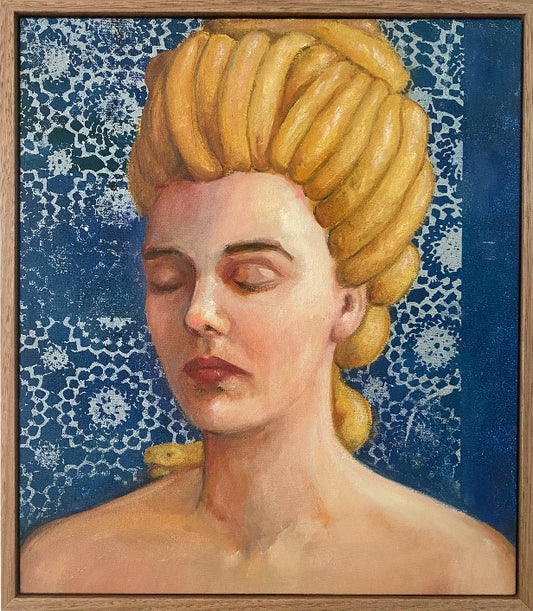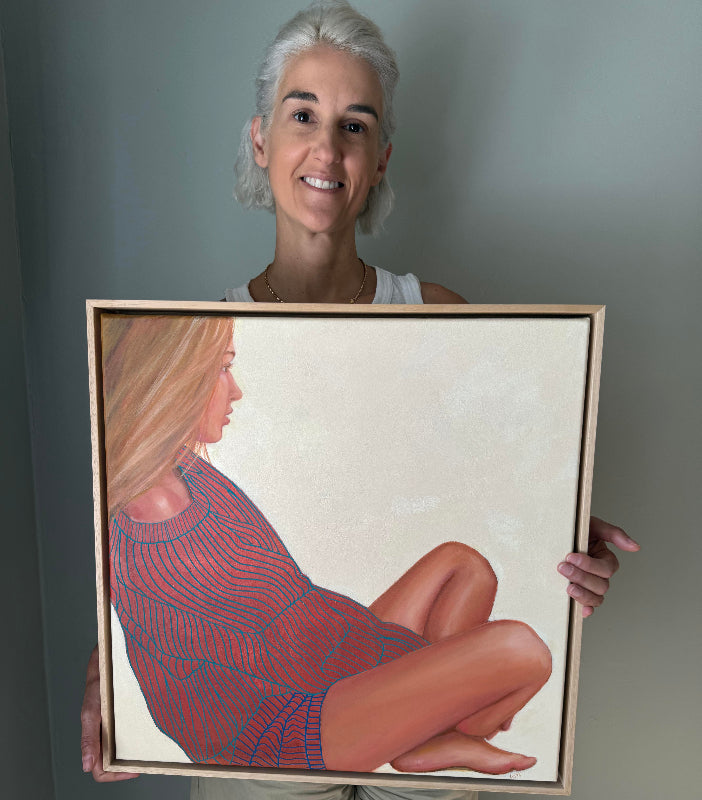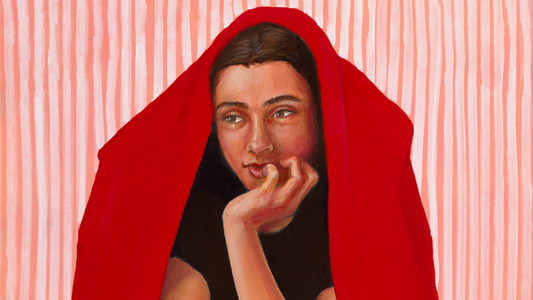
Medusa: The Untold Story
While we all know of Medusa with her crown of snakes, less is known of how Medusa became Medusa. There are two origin stories from Greek Mythology, both leading to her well-known grisly end.
The first origin story sees Medusa originally as a stunning young woman with beautiful ringlets of hair. So alluring is her beauty that she has many suitors. While praying at the temple of Athena, she catches the eye of the sea god Poseidon, who rapes her (or seduces her, depending on who is telling the story) in the temple. Athena, who is so enraged at her temple being defiled, takes out her revenge on poor Medusa. It has been noted that Athena, who is the goddess of war, rarely supports women. Perhaps she is the precursor to the jealous older woman so often portrayed in the European fairy tales that were to follow. To exact her revenge, Athena takes away Medusa’s most prized feature: her beautiful hair. Again, this is reminiscent of later fairy tales, specifically Rapunzel, who is punished for sleeping with a prince by having her hair removed.
Image: Pink Medusa paintings

Athena makes Medusa unappealing to men by turning her hair into writhing snakes. It's a classic case of victim-blaming. If that isn’t enough, Athena ensures Medusa will forever remain alone by gifting her with a gaze that turns others to stone in an instant. Here we witness the creation of the original ‘death stare’, a weapon that has since been passed on to generations of women. And while over time, the death stare has become less potent and less deadly, it is by no means less scary. I know because my mother possesses such a stare that not only stops you in your tracks but also takes your breath away.
Product Image: Golden Crown by Leah Mariani

Medusa, however, did not wish to use her powers on mortals and instead retreated to a dark cave. She could not look upon a friend, or even an animal, without killing them, and so she lived a life of solitude. However, this was not to last. Even though Medusa never wanted to harm anyone, the knowledge that she had the power to do so meant that she could never live a quiet life. Soon enough, men came in search of her and eventually, Perseus, the son of Zeus, finds her and cuts off her head while she sleeps.
The alternate origin story sees Medusa begin life as a Gorgon monster, borne of two sea monsters, and one of three daughters. As a Gorgon monster, Medusa is terrible and fierce and is much less sympathetic than her alter-ego, once-human form. But what this version lacks in beauty, she makes up for in companionship, because in this version, Medusa lives with her two sisters. These Gorgons are described as having snakes on their heads, wings on their back and large mouths with lolling tongues. Whether the sisters were immune to Medusa's death stare (perhaps possessing the same powers themselves) or they were protected by the darkness of the cave, we do not know. We do know her sisters, Stehnno and Euryale, mourned her death. They gave chase to Perseus after he murdered Medusa, and he escaped their clutches thanks only to Athena’s help (she definitely had a thing against Medusa). Upon Perseus’ escape, the sisters release a loud, mournful howl, which is chilling to the bone.
Once Medusa is decapitated, she is reduced to an object and used as a weapon, for even post-mortem, Medusa can turn mortals (and monsters) into stone. After Perseus evades Medusa’s sisters, he happens upon the beautiful princess Andromeda, who is tied to a rock waiting to be sacrificed to the sea monster that is terrorising her father’s lands. Perseus, who is still literally flying high on winged sandals, swoops down to save Andromeda from impending doom. After instructing Andromeda to close her eyes, Perseus pulls Medusa’s head out of a bag and faces it towards the sea monster, turning it to stone (which is ironic considering the monster is probably a relative of Medusa’s parents).
This scene unfolds in front of an audience, watching from the shoreline. Amongst the crowd stood Andromeda’s father, the King, and Andromeda’s fiancé (who, by all accounts, was a loser) and some other, unimportant locals. They are too far away to hear Perseus’ warning, and after gazing into Medusa’s eyes, they too are turned into stone. This leaves Andromeda free to marry Perseus and Perseus free to step into the role of King, since the death of Andromeda’s father has left the position conveniently open.
After this incident, Perseus goes on to turn many more people to stone using Medusa’s head. We quickly come to realise that Perseus causes more destruction with Medusa’s head post-mortem than Medusa did in all the time she was alive. Yet Perseus is hailed as a hero and Medusa is remembered as a monster to be feared and despised.
“She is a monster, but also a deeply desirable woman.”*
In modern culture, Medusa has become an iconic femme fatale, embodying both beauty and danger in one mythical creature. “She is a monster, but also a deeply desirable woman.”* She has become a highly sexualised caricature, and the act of cutting off her head has come to represent an erotic conquest. She has been weaponised and sexualised, with very little thought given to who Medusa was before Perseus found her.
Medusa, for all her power, did not use it to her own advantage. She did not seek out privilege or revenge and wished only to keep to herself. She did not seek fame or fortune, and yet men continually sought her out for their own gain. She avoided inflicting harm on others and existed only in the darkness for the sake of others. She is a woman who has experienced violence and injustice and yet she continues to show compassion for others. To me, she is not a monster or a sexual object: She’s a woman doing her best to be a good person (albeit with very wiggly hair).
Read Next >> More on Mythical Women
References
This article was inspired by D'Aulaires' Book of Greek Myths, which I read to my children at night, and was heavily influenced by Natalie Haynes' book Pandora's Jar (2020).










